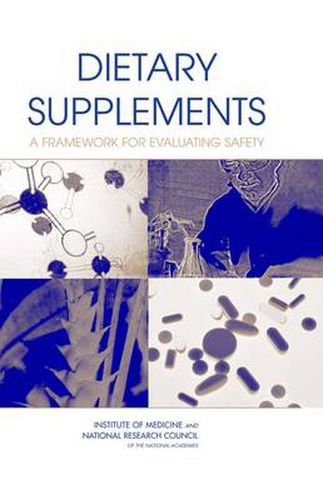Readings Newsletter
Become a Readings Member to make your shopping experience even easier.
Sign in or sign up for free!
You’re not far away from qualifying for FREE standard shipping within Australia
You’ve qualified for FREE standard shipping within Australia
The cart is loading…






The growing consumer interest in health and fitness has expanded the market for a wide range of products, from yoga mats to the multiple dietary supplements now on the market. Supplements are popular, but are they safe? Many dietary supplements are probably safe when used as recommended. However, since 1994 when Congress decided that they should be regulated as if they were foods, they are assumed to be safe unless the Food and Drug Administration can demonstrate that they pose a significant risk to the consumer. But there are many types of products that qualify as dietary supplements, and the distinctions can become muddled and vague. Manufacturers are not legally required to provide specific information about safety before marketing their products. And the sales of supplements have been steadily increasing and all together, the various types now bring in almost $16 billion per year. Given these confounding factors, what kind of information can the Food and Drug Administration use to effectively regulate dietary supplements? This book provides a framework for evaluating dietary supplement safety and protecting the health of consumers.
$9.00 standard shipping within Australia
FREE standard shipping within Australia for orders over $100.00
Express & International shipping calculated at checkout
The growing consumer interest in health and fitness has expanded the market for a wide range of products, from yoga mats to the multiple dietary supplements now on the market. Supplements are popular, but are they safe? Many dietary supplements are probably safe when used as recommended. However, since 1994 when Congress decided that they should be regulated as if they were foods, they are assumed to be safe unless the Food and Drug Administration can demonstrate that they pose a significant risk to the consumer. But there are many types of products that qualify as dietary supplements, and the distinctions can become muddled and vague. Manufacturers are not legally required to provide specific information about safety before marketing their products. And the sales of supplements have been steadily increasing and all together, the various types now bring in almost $16 billion per year. Given these confounding factors, what kind of information can the Food and Drug Administration use to effectively regulate dietary supplements? This book provides a framework for evaluating dietary supplement safety and protecting the health of consumers.